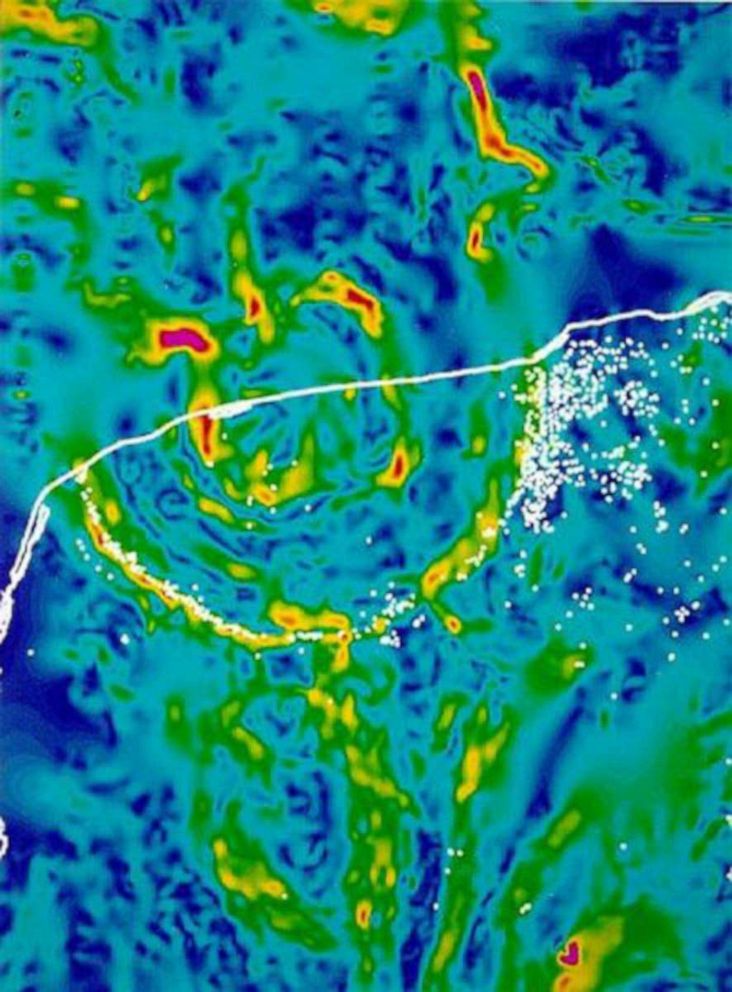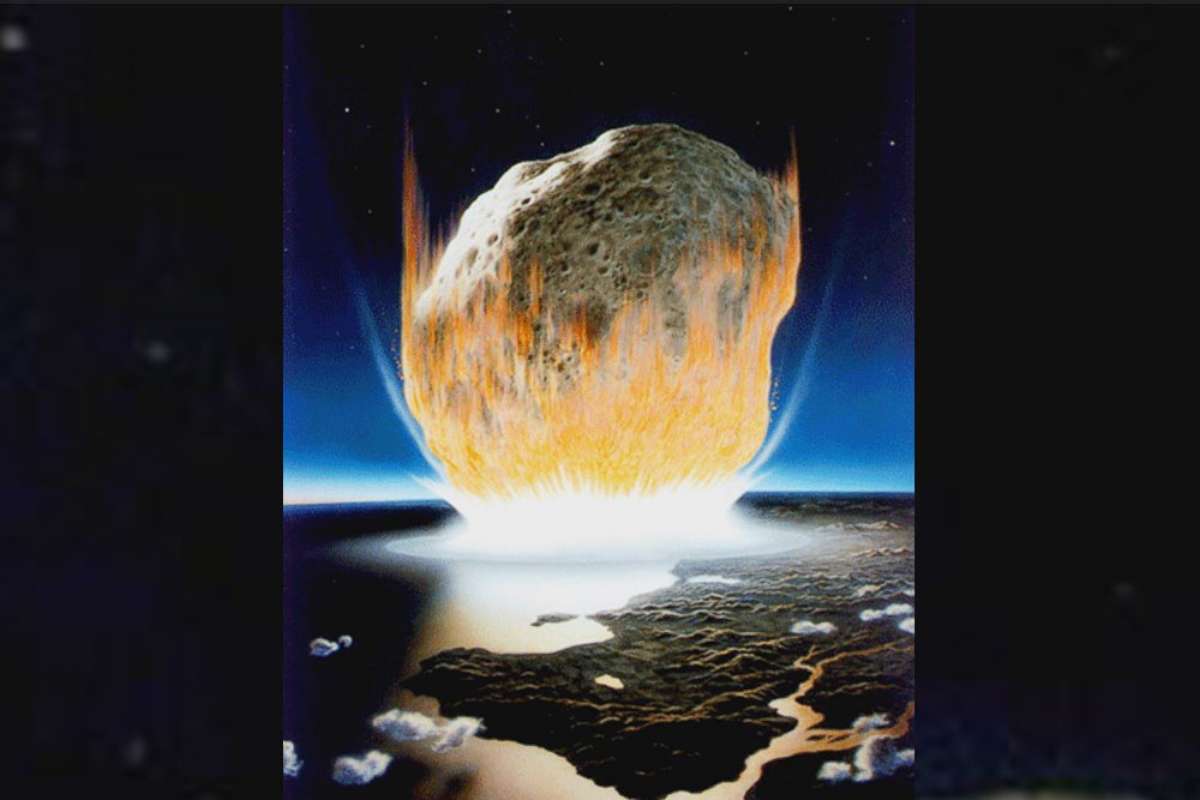Asteroid that wiped out the dinosaurs was as powerful as 10 billion atomic bombs, new research finds
"Not all the dinosaurs died that day, but many dinosaurs did."
Scientists have found hard evidence in massive chunks of rocks that the asteroid that doomed the dinosaurs was powerful enough to trigger wildfires, tsunamis and blast so much dust into the atmosphere that it blocked out the sun -- and they estimate the impact was as powerful as 10 billion atomic bombs of the same sized used in World War II.
The impact created an inferno, enough to scorch plants thousands of miles away, followed by cooling due to all the dust being thrown into the air.

"We fried them and then we froze them," Sean Gulick, a research professor at the University of Texas Institute for Geophysics (UTIG), said in a statement announcing their findings. "Not all the dinosaurs died that day, but many dinosaurs did."
More than two dozens international scientists contributed to the new research published Monday in the paper the Proceedings of the National Academy of Sciences. The study looked at hundreds of feet of rocks from from the impact crater in the Gulf of Mexico that were created within the first day that the massive asteroid struck Earth.
"It's an expanded record of events that we were able to recover from within ground zero,” Gulick added. "It tells us about impact processes from an eyewitness location."

Researchers said that studying the rocks from the impact zone shed new light on the longer-lasting effects of the asteroid impact that wiped out 75% of life on the planet.
One of their biggest findings was that there was no sulfur in the core of the asteroid impact zone, but the area surrounding the crater was full of sulfur-rich rocks, researchers said in a statement. The lack of sulfur at the core supports a theory that the impact alone of the asteroid instantly vaporized sulfur minerals at the site, releasing them into the atmosphere, blocking sunlight and causing a global cooling.

While the impact of the asteroid was massive, "the real killer has got to be atmospheric," according to Gulick.
"The only way you get a global mass extinction like this is an atmospheric effect," he added.







